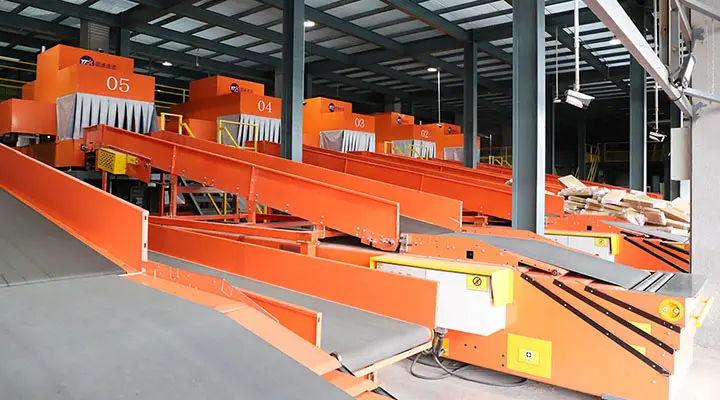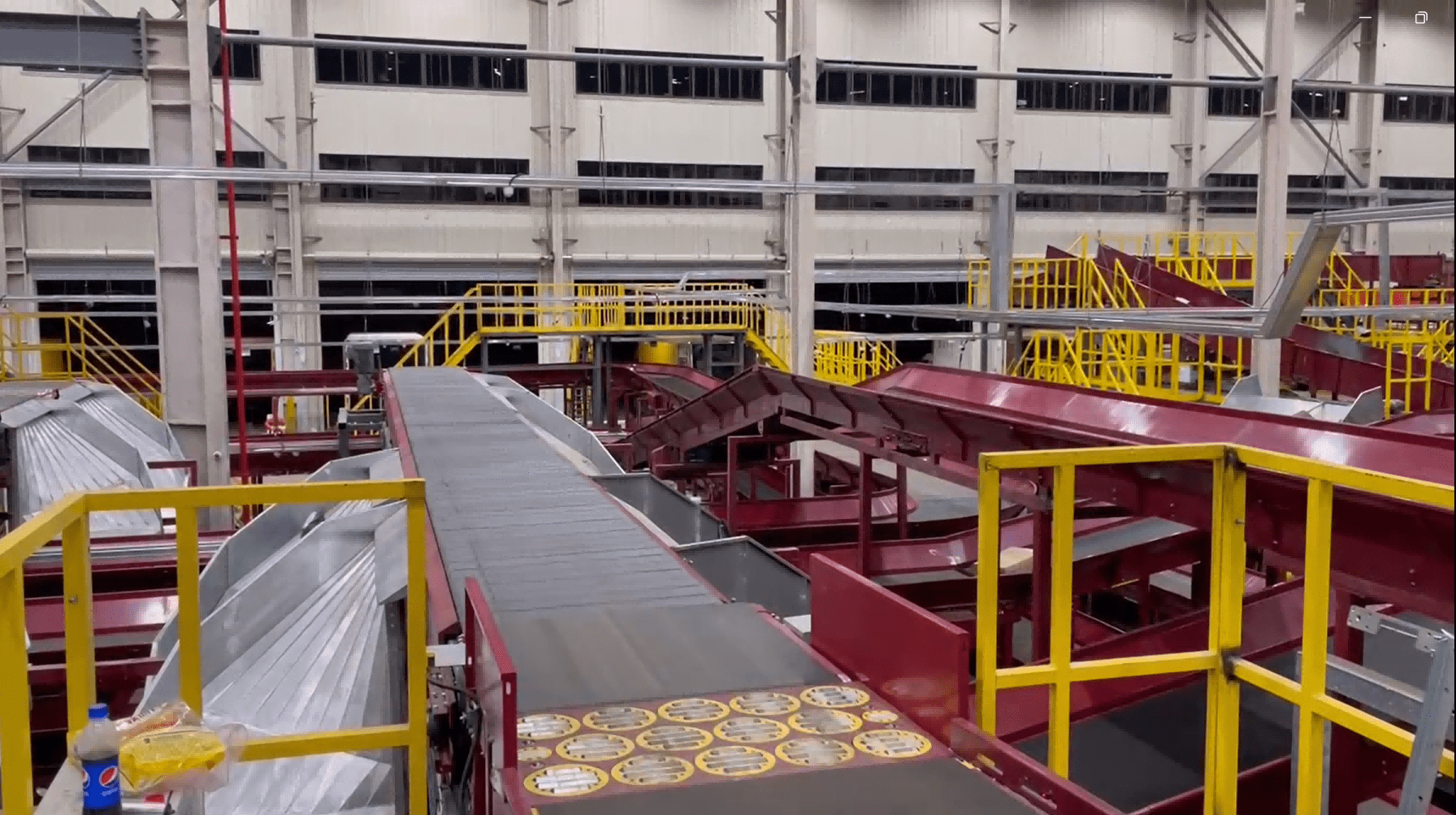Rapid prototyping refers to a set of techniques used to quickly produce a physical part or assembly from a 3D design. It allows engineers and designers to refine their final product by iterating multiple times between digital models and physical prototypes in an efficient and cost effective manner.
With tools like 3D printers, anyone can transform ideas into tangible proofs of concept and advance them to high fidelity prototypes that closely resemble and function like the finished product. The affordability of 3D printing also enables teams to create numerous prototypes quickly and at a lower cost.
Rapid Prototyping vs. Traditional Prototyping
Prototyping is essential to product development, but traditional methods often slow the process down. In the past, product designers and engineers would create rudimentary proof-of-concept models using basic tools. However, producing functional prototypes or production-quality parts required the same complex processes as final products. Traditional manufacturing techniques like injection molding demand expensive tooling and setup, making low-volume or custom prototypes costly and inefficient.
In contrast, rapid prototyping allows companies to quickly transform ideas into realistic proofs of concept, advance them to high-fidelity prototypes that resemble and function like finished products, and seamlessly guide them through validation stages toward mass production.
With rapid prototyping services, designers and engineers can swiftly create prototypes directly from CAD software, speeding up the process and enabling frequent revisions based on real-world testing and feedback.
3D Printing for Rapid Prototyping
Since rapid prototypes are typically created using additive manufacturing techniques rather than traditional subtractive methods, the term has become closely associated with 3D printing and additive manufacturing.
3D printing is an ideal solution for product prototyping. It offers almost limitless design freedom, eliminates the need for costly tooling, and can produce parts with mechanical properties that closely resemble those made through traditional manufacturing. Although 3D printing technology has existed since the 1980s, its high costs and complexity initially restricted its use to large corporations or required smaller companies to outsource production, resulting in long wait times between iterations.
The rise of desktop and benchtop 3D printing has transformed the landscape, driving widespread adoption that continues to grow. In-house 3D printing enables engineers and designers to rapidly move from digital designs to physical prototypes, allowing for faster iteration. Now, prototypes can be produced in a single day, with multiple design, size, shape, or assembly adjustments made based on real-world testing and feedback. This accelerated process allows companies to develop superior products and bring them to market faster than the competition.
Advantages of Rapid Prototyping
Easily Realize and Explore Concepts
Rapid prototyping quickly transforms initial ideas into tangible, low-risk concept models that resemble real products. It enables designers to move beyond virtual visualization, making it easier to assess the look and feel of designs and directly compare different concepts.
Effectively Communicate Ideas
Physical models allow designers to share their concepts with colleagues, clients, and collaborators in a way that screen visualizations can’t match. Rapid prototyping makes it possible to gather clear, actionable feedback, helping creators better understand user needs and improve their designs.
Save Time and Costs
3D printing eliminates the need for expensive tooling and setup, allowing the same equipment to produce different geometries. In-house rapid prototyping also cuts down on the costs and lead time typically associated with outsourcing.
Iterate Designs Quickly and Implement Changes Instantly
Design is inherently iterative, requiring multiple rounds of testing, evaluation, and refinement. Rapid prototyping with 3D printing accelerates this process by enabling the quick creation of realistic prototypes and the instant implementation of changes, enhancing the efficiency of the trial-and-error approach.
Thoroughly Test and Minimize Design Flaws
Identifying and addressing design flaws early can prevent costly revisions later in the manufacturing process. Rapid prototyping allows engineers to test prototypes that closely resemble final products, reducing the risk of usability or production issues before full-scale manufacturing begins.
Types of Rapid Prototyping
Rapid prototyping encompasses a range of technologies and materials that support designers and engineers throughout the entire product development process, from initial concept models to engineering, validation testing, and final production.
Proof-of-Concept (PoC) Prototypes and Concept Models
Proof-of-concept (PoC) prototypes or concept models are used to validate ideas and test the feasibility of a product early in the development process. These models help demonstrate an idea to stakeholders, stimulate discussion, and guide acceptance or rejection through low-risk explorations.
PoC prototypes include just enough functionality to confirm assumptions before advancing to more detailed development stages. The emphasis at this stage is on speed, allowing designers to generate and evaluate numerous ideas rapidly. Usability and quality are secondary concerns, with a focus on using off-the-shelf parts when possible. 3D printers are particularly well-suited for PoC prototyping, offering fast turnaround times to turn digital files into physical models. Desktop 3D printers are also convenient for office environments, eliminating the need for dedicated workshop space.
Looks-Like Prototypes
Looks-like prototypes provide a visual representation of the final product but may not include its functional elements. They help convey what the end product will look like and how users will interact with it. This type of prototype is useful for validating ergonomics, user interfaces, and overall user experience before committing significant resources to full development.
The creation of looks-like prototypes typically begins with sketches or models made from foam or clay, then progresses to CAD modeling. As the design evolves, prototyping cycles between digital renderings and physical models. The goal is to develop looks-like prototypes that accurately reflect the final product's design, including the specified colors, materials, and finishes (CMF).
Works-Like Prototypes
In parallel with industrial design, engineering teams develop works-like prototypes to test and refine the mechanical, electrical, and thermal systems of a product. These prototypes might differ in appearance from the final product but include essential technologies and functions that need thorough testing and development.
Often, core functions are developed and tested as separate sub-units before integration into a complete product prototype. This approach isolates variables, allowing teams to manage responsibilities more effectively and ensure reliability at a granular level before combining all elements.
Engineering Prototypes
Engineering prototypes bridge the gap between design and engineering, creating a minimum viable version of the final product that is designed for manufacturing (DFM). These prototypes are used for lab-based user testing with select lead users, to convey production intent to tooling specialists, and to demonstrate the product in initial sales meetings.
At this stage, attention to detail becomes critical. 3D printing allows for the creation of high-fidelity prototypes that closely represent the finished product, making it easier to verify design, fit, function, and manufacturability before committing to expensive tooling and mass production. Advanced 3D printing materials can mimic the look, feel, and characteristics of parts made with traditional methods like injection molding, offering various options for texture, surface quality, and material properties. 3D printed parts can also undergo finishing processes such as sanding, polishing, painting, or electroplating to replicate the final product’s visual and functional attributes.
Engineering prototypes undergo extensive functional and usability testing to assess performance under real-world conditions. 3D printing provides high-performance engineering plastics that can endure thermal, chemical, and mechanical stress.
Validation Testing and Manufacturing
Rapid prototyping facilitates the creation of small-batch runs, custom solutions, and sub-assemblies for engineering, design, and product validation (EVT, DVT, PVT) builds to evaluate manufacturability.
3D printing simplifies tolerance testing with real manufacturing processes and supports comprehensive in-house and field testing before full-scale production. It can also be integrated with traditional manufacturing techniques such as injection molding, thermoforming, or silicone molding to enhance flexibility, agility, scalability, and cost-efficiency. Additionally, 3D printing provides an efficient method for creating custom test jigs and fixtures, improving functional testing and certification by ensuring consistent data collection.
With 3D printing, design can continue to evolve even during production. Rapid prototyping tools enable designers and engineers to refine products continuously and address issues promptly with jigs and fixtures that enhance assembly and quality assurance processes.
Younger Mould is one of the most popular China rapid prototyping companies, who has earned a good reputation and position in the industry, gaining the trust and praise of numerous customers. If you are interested in our rapid manufacturing products, please leave your contact information, and we will provide you with favorable quotations and meticulous plastic prototyping services. In the Book of Hebrews we are told that the Old Covenant is obsolete. Does that mean we can disregard everything in the Bible before the gospels? Click on the link below to read what it really means. #BibleStudy #Devotions #Hebrews #NewTestament


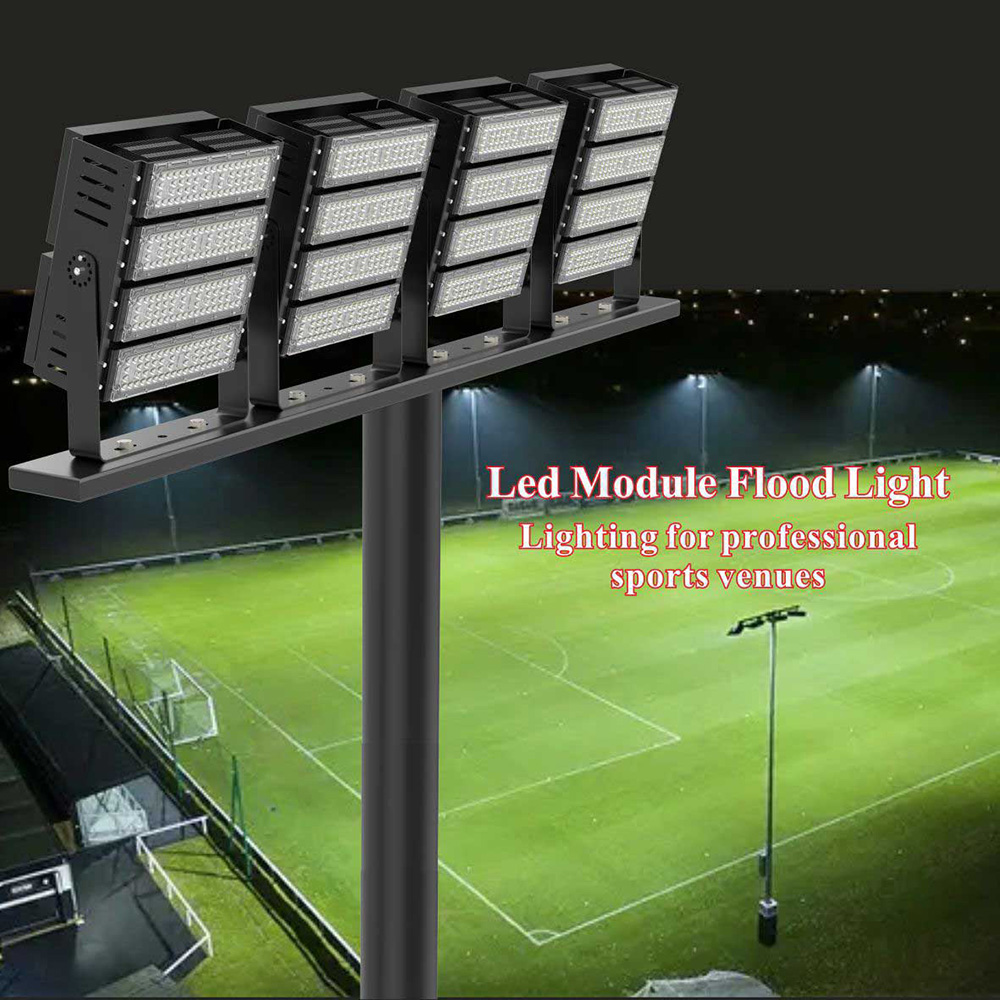
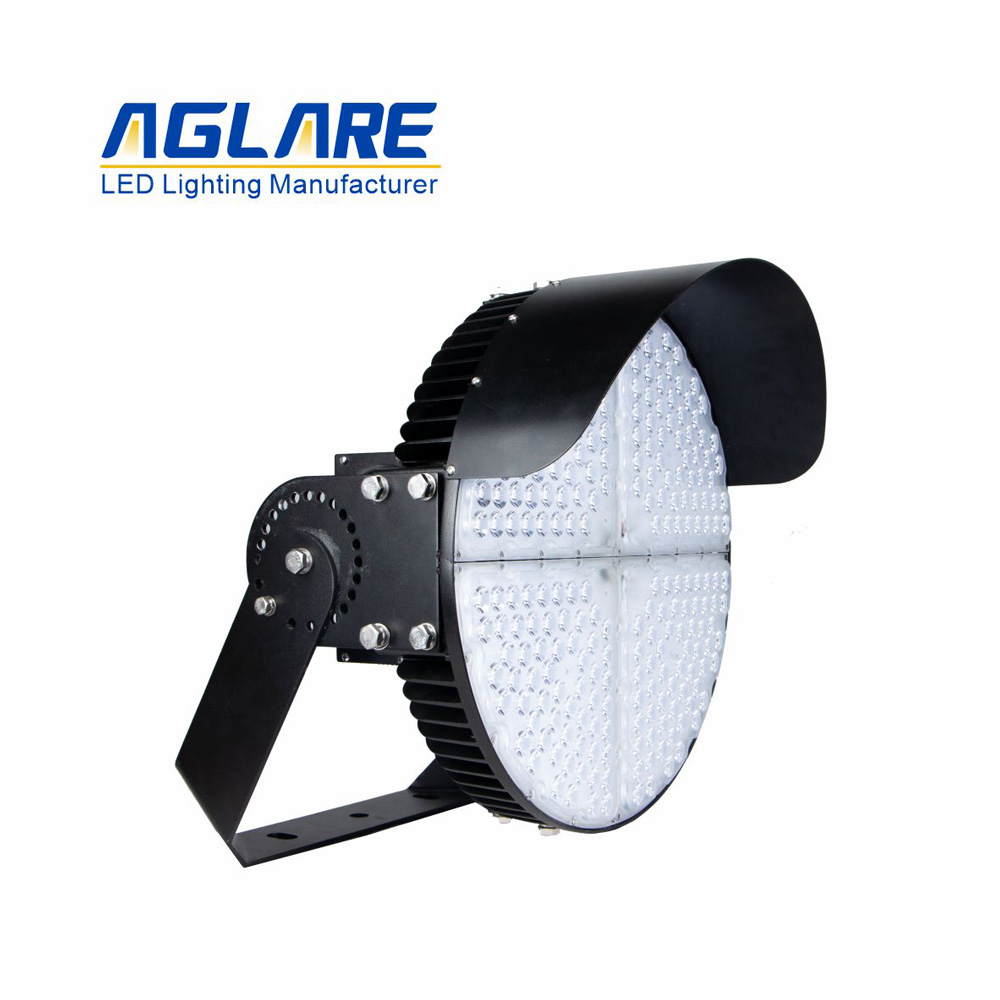

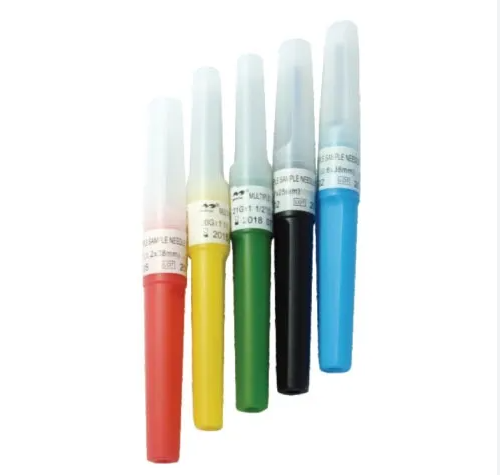
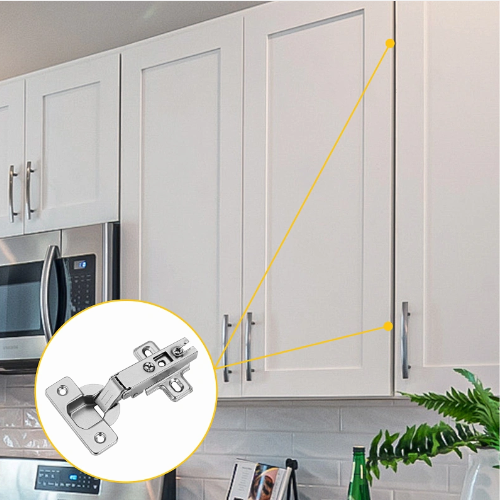

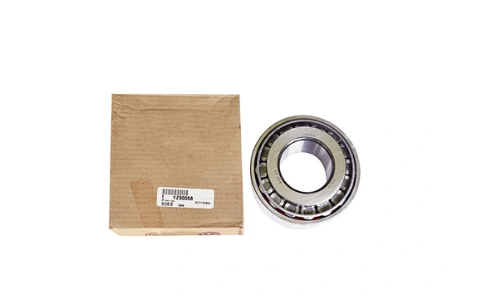
 https://bsptools.com/wp-content/uploads/2024/09/concrete-grinding-wheel-350x204.jpg 350w,
https://bsptools.com/wp-content/uploads/2024/09/concrete-grinding-wheel-350x204.jpg 350w,  https://bsptools.com/wp-content/uploads/2024/09/concrete-grinding-350x204.jpg 350w,
https://bsptools.com/wp-content/uploads/2024/09/concrete-grinding-350x204.jpg 350w, 